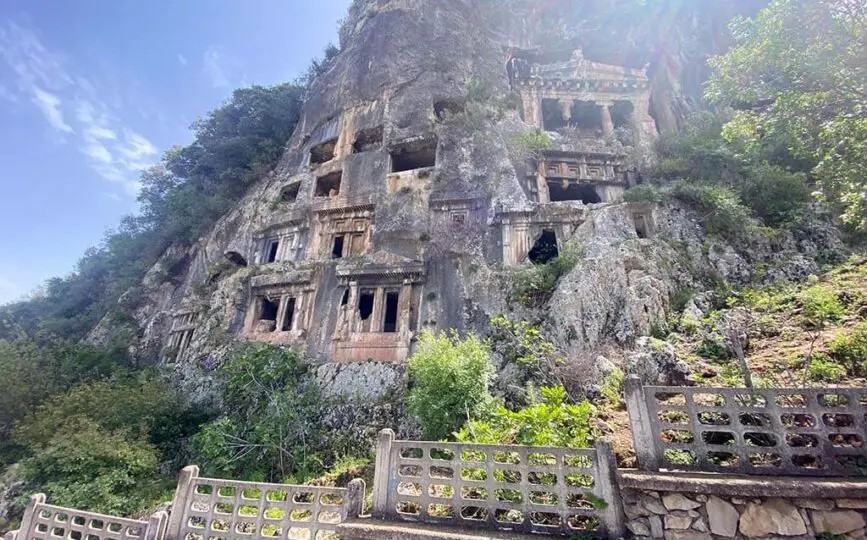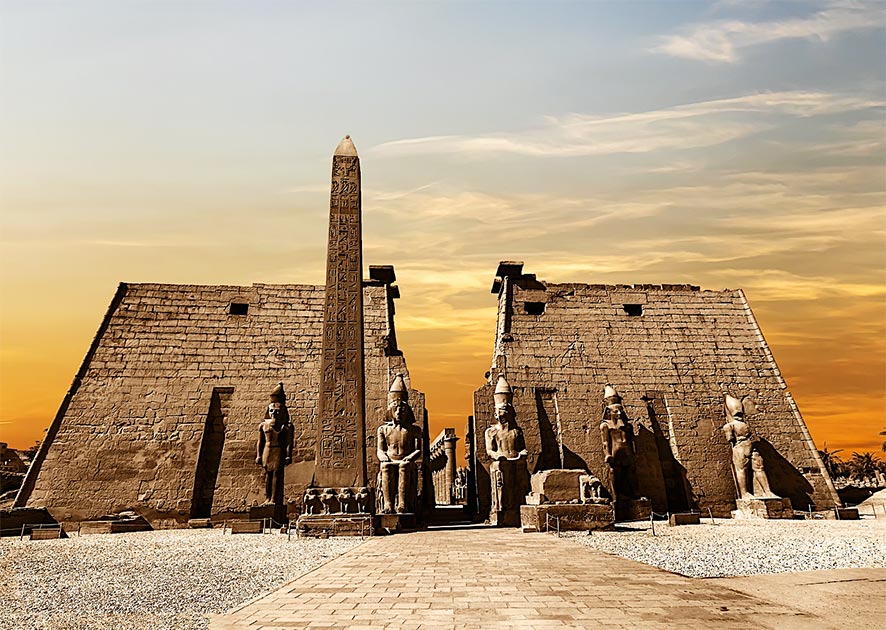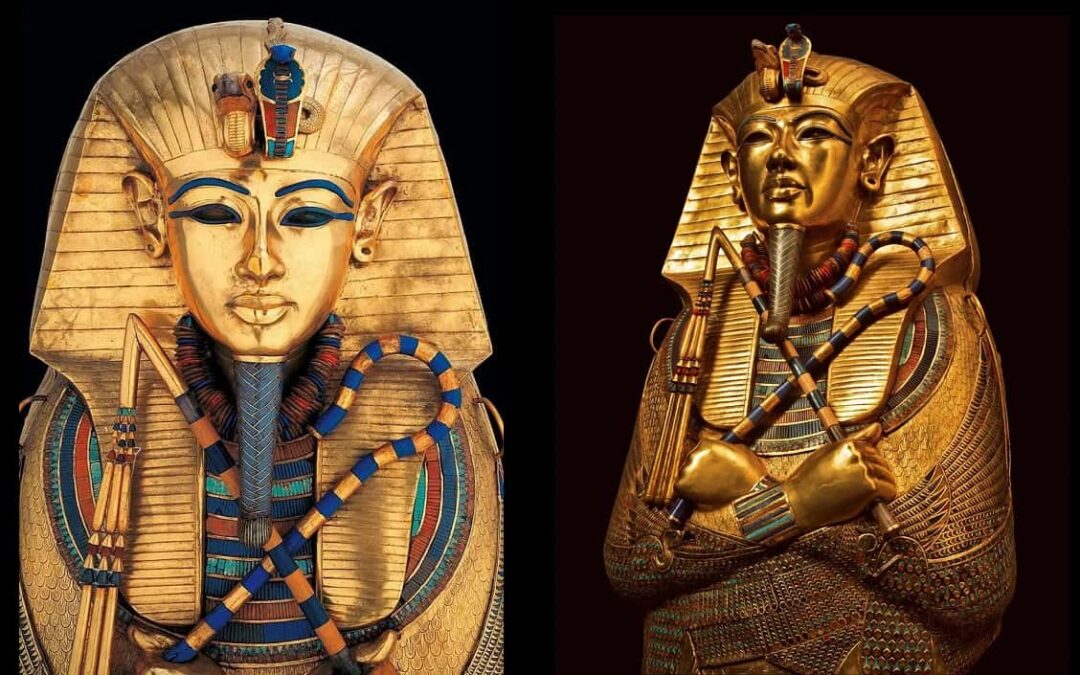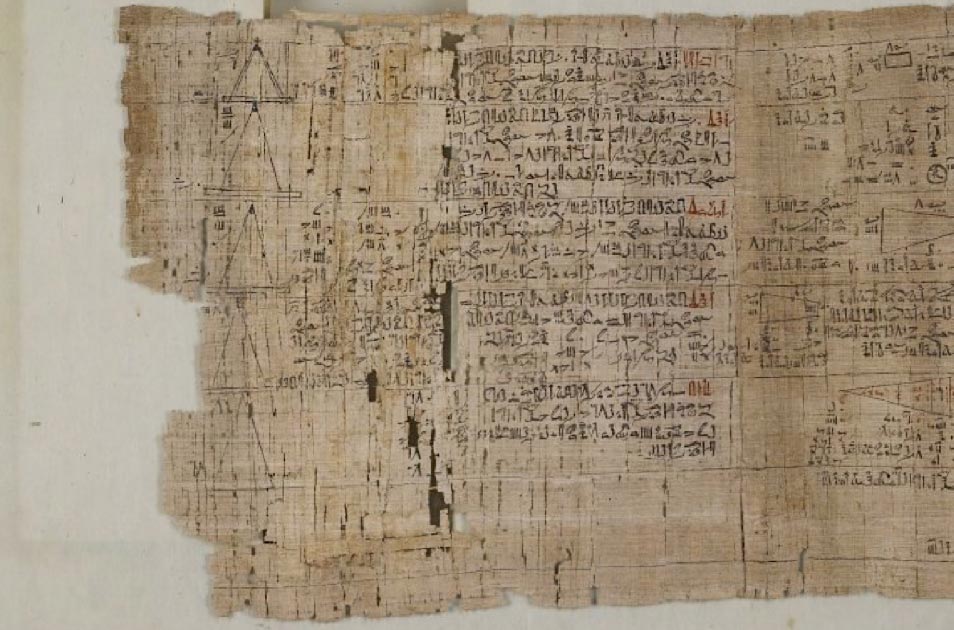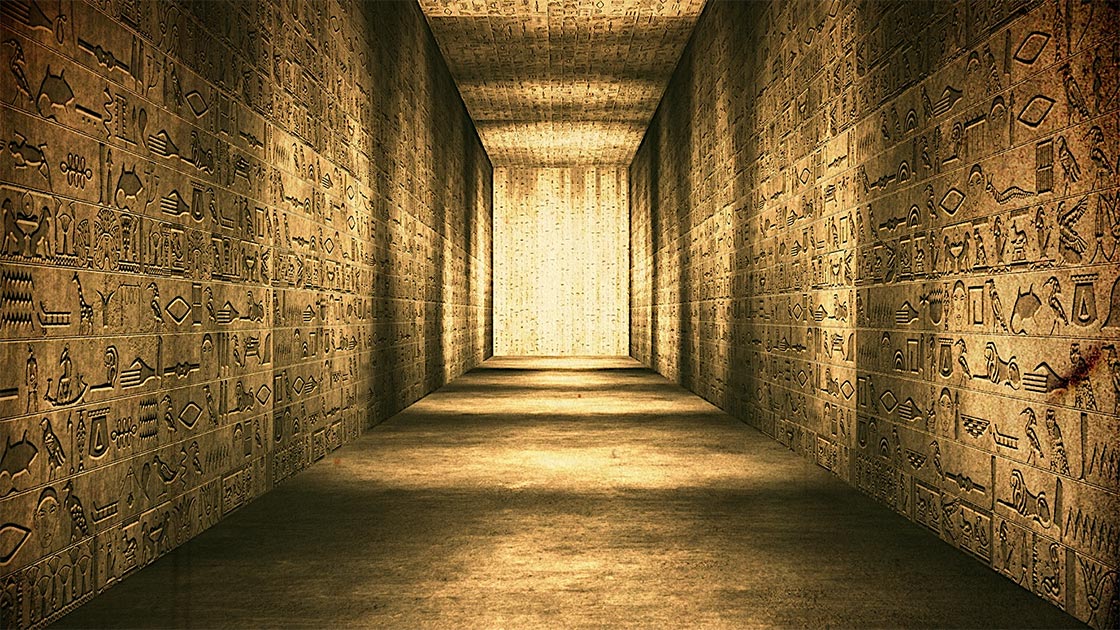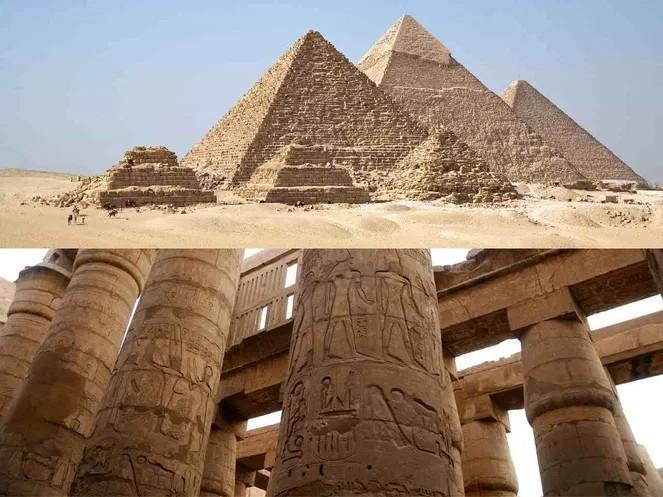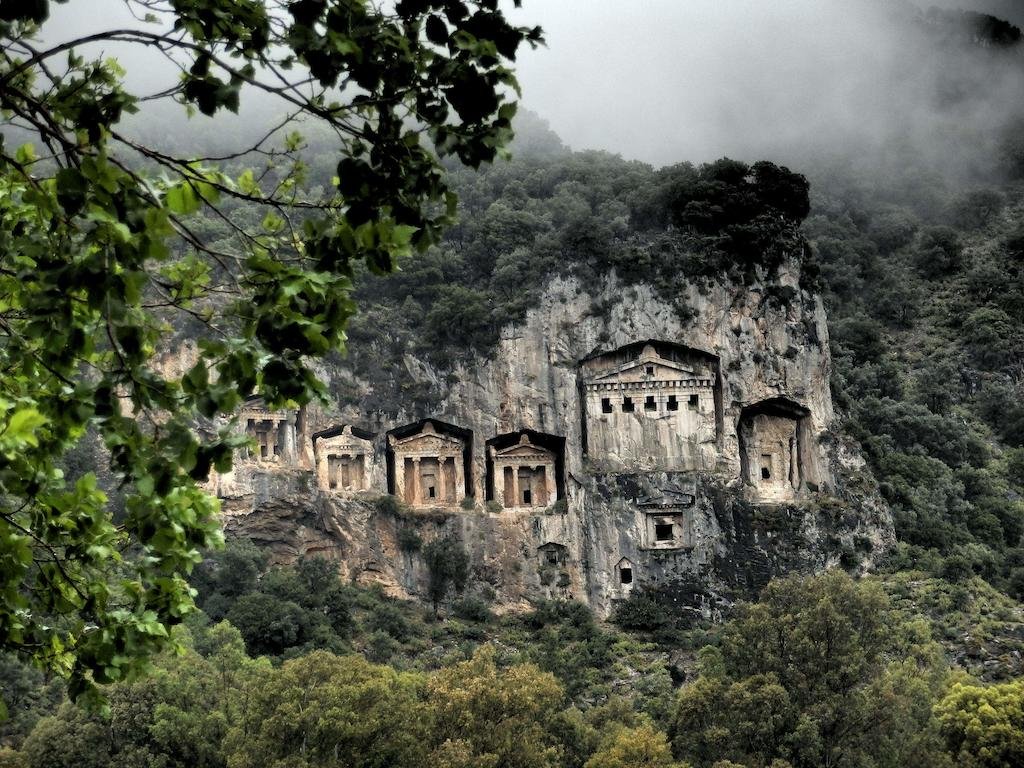
The Rock Tomb of Amyntas; also known as Fethiye Tomb (4th Century BC), dating from Lycian period when Fethiye was called Telmessos, a remarkable archaeological landmark full of rich history. Ancient Lycian rock-hewn tomb at ancient Telmessos, in Lycia, which was at time a satrapy of Achaemenid Empire. Currently, lies in Fethiye, Muğla Province, Aegean region of Türkiye.
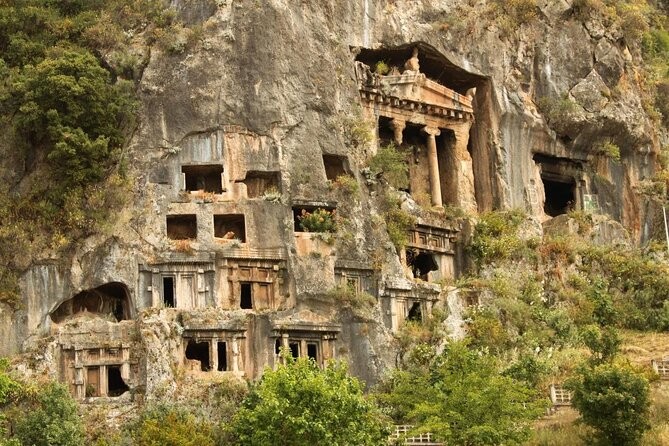
Lycian tombs or funerary rock chambers, are fascinating archaeological finds from ancient Lycia, which cover today’s Mediterranean coast. These tomb’s rich history reflects their location carved into the cliffs and rock faces. Although Amyntas Rock Tomb stands out as being pretty unique, Lycian rock tombs are all over Mediterranean coast and are worth exploring.

The impressive looking tomb was built in 350 BC, and was named after Greek inscription on the side of it which reads “Amyntou tou Ermagiou”, which translated to English means “Amyntas, son of Hermagios”. Tomb was built by Lycians, the people who lived in this satrapy of Persian Empire at the time. Lycians were a tightly knit confederation of independent city-states, including Telmessos. Amyntas in this context might be descendant of King maker of Cyrus the Great, Median General Harpagos, who became satrap of Lycia, first of Harpagid Dynasty, for his services to Cyrus in his conquest.
